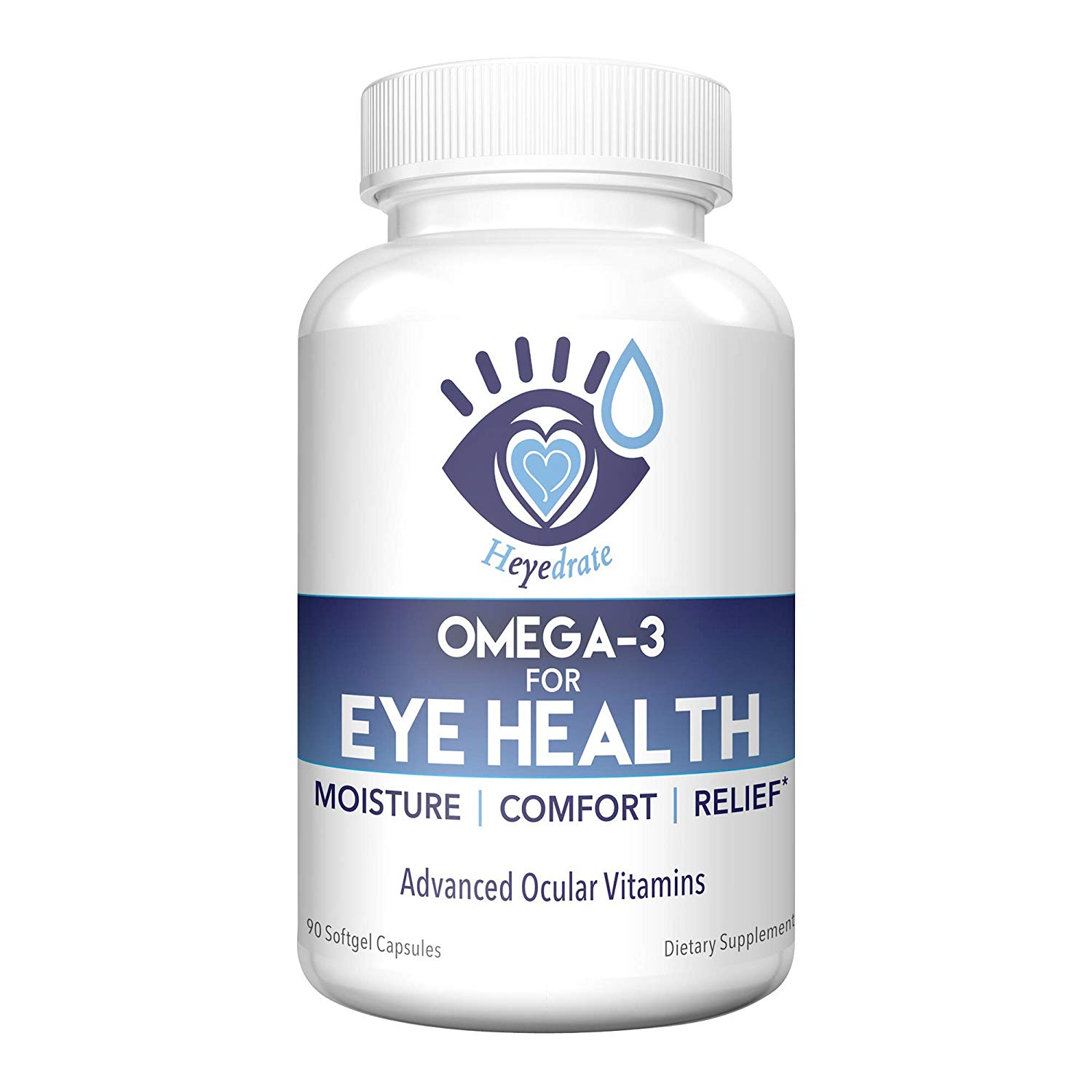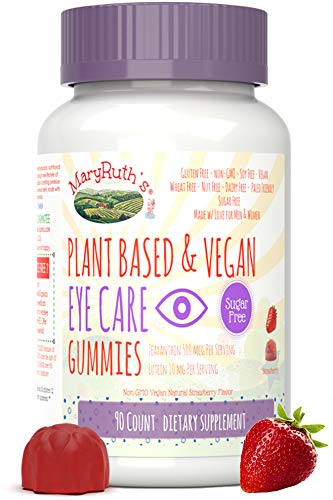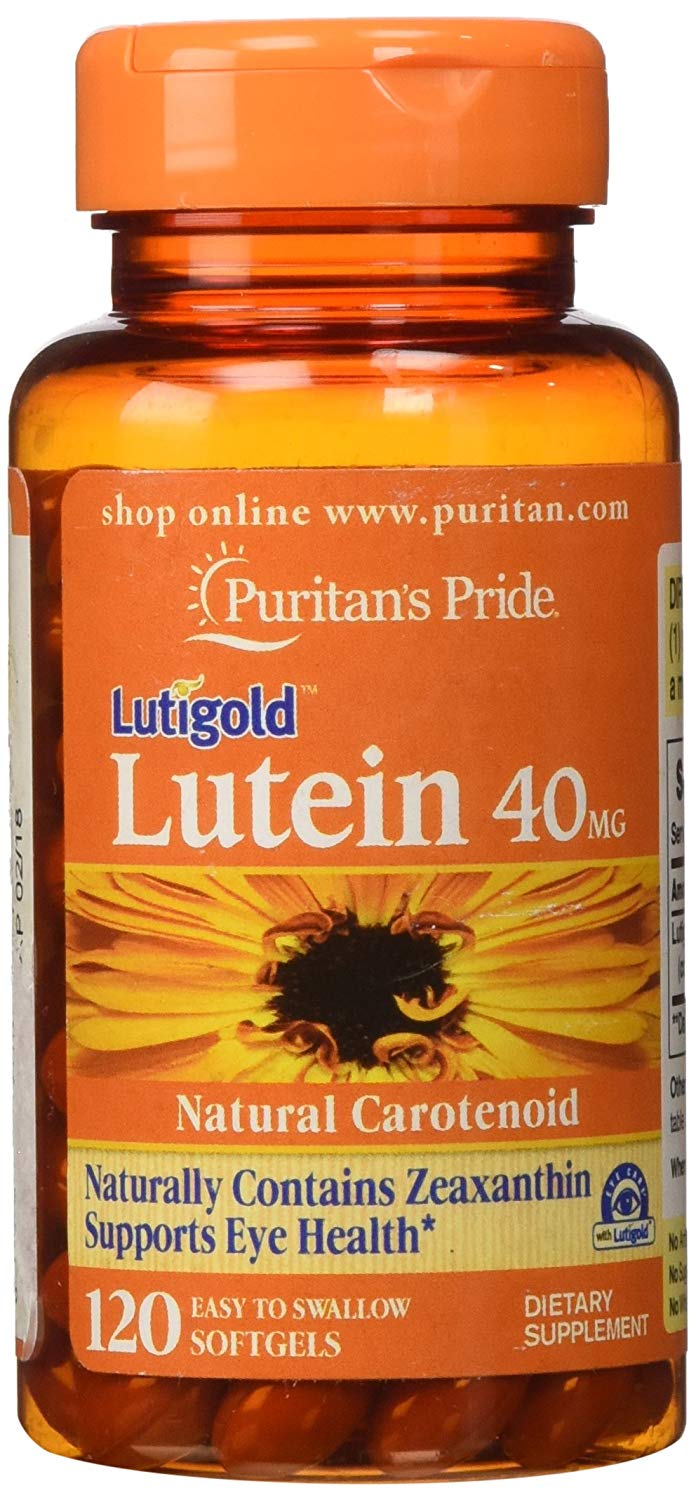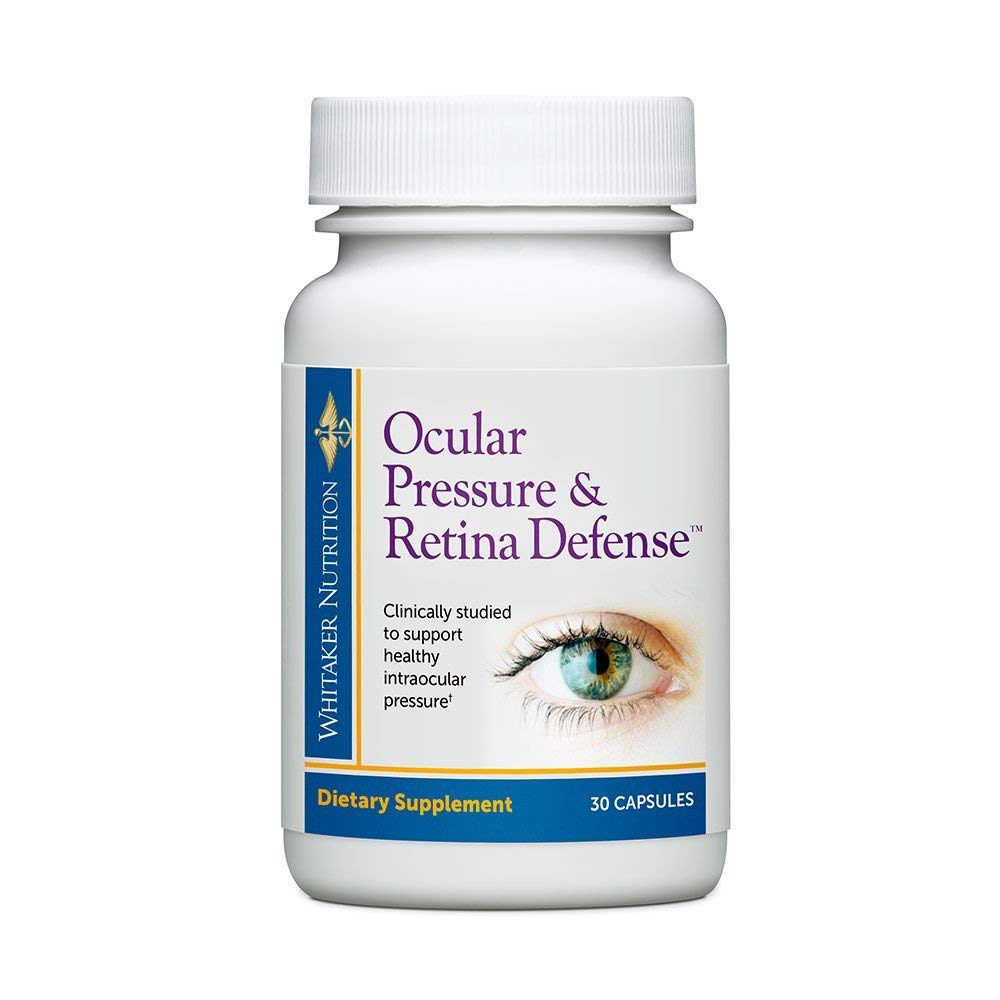What is good for Eye health? Eye health is the process a person takes in order to prevent either injury or naturally occurring degeneration of the eyes. It is the maintenance of the eye structure to ensure prolonged healthy vision and prevent or treat diseases. The usage of contact lenses, glasses, or eye surgery can help either correct or fix many eye conditions. Contact lenses and glasses are more commonly used than eye surgery as they can shield the eyes while reducing eye fatigue and help to better align a person’s vision without the need for timely and costly surgery.
How to Achieve Good Eye Health
If you want to see your best for years to come than maintaining proper eye health is key. There are a few ways you can go about maintaining your eye health, the most common way is to get a good picture of your overall eye health. You can do this by getting an eye exam, but who should you be looking for? An Ophthalmologist, Optometrist or an Optician?
Ophthalmologist
An Ophthalmologist Is a medical doctor, meaning this doctor will have undergone extensive training that Optometrists and Opticians will not have undertaken. This also means that they are specialized in vision and eye care and are licensed which gives them the ability to diagnose and treat all eye conditions, even if that means surgery is required. The ability to perform surgery is only seen in Ophthalmologists.
Optometrist
An optometrist is not a medical doctor, but rather a Doctor of Optometry. The confusion between the two is that an Optometrist cannot perform surgery, their main job involves performing eye exams and vision tests. An Optometrist has the ability to detect abnormalities in a patient’s eye and if required can prescribe medications for eye diseases. However, if corrective lenses or contacts are required then the Optometrist can only prescribe and dispense these products to the patient.
Optician
These are the technicians that are trained to create corrective lenses. This includes fitting eyeglass lenses and frames, contact lenses and any other device that might be used to correct the eyesight of a patient. An Optician receives prescriptions provided by Ophthalmologists and Optometrists in order to create the proper corrective lenses. They cannot test a person’s vision or write prescriptions and are not allowed to diagnose or treat any eye conditions.
Top Related Article: Vision Care
How to Maintain Eye Health
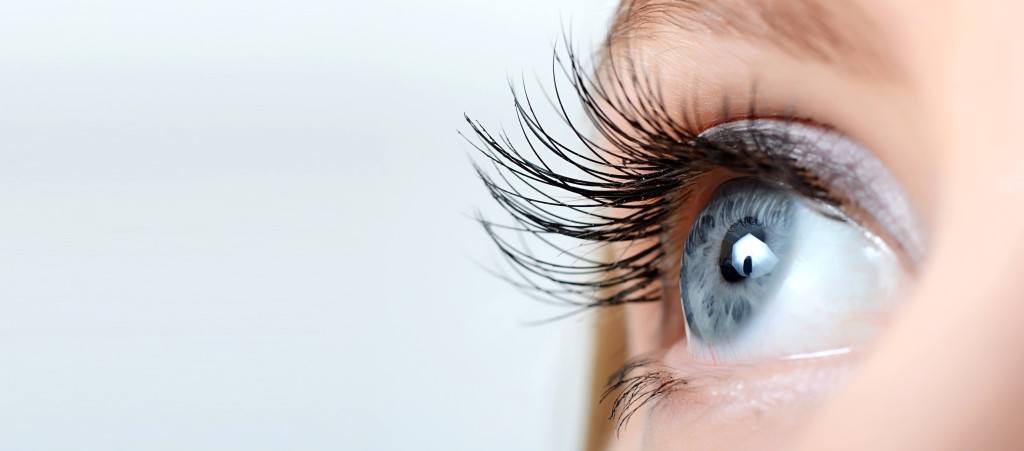

Good eye health can be attained by being mindful of a few simple things. Here’s how to maintain eye health:
- Get regular eye exams
- Know your family history
- Eat a healthy diet
- Protect your eyes with eyewear
- Get plenty of rest and don’t overstrain your eyes
Get regular eye exams
A comprehensive dilated eye exam is the sure-fire way to double check your vision, an eye care specialist will use special drops to dilate your eyes. The eye drops allow for the expansion of your pupils, which results in more light entering your eyes. An eye care specialist can then get a good look at the back of your eyes and look for any signs of degradation.
Know your family history
Knowing the general health history in your family is important, more so when it comes to your eyes as some conditions can be passed down through a family. Hereditary conditions can be monitored and your overall chance of developing one can be determined by an eye specialist. Preventative care can also play a role in keeping any hereditary diseases from progressing to the point of damage to the eye.
Eat a healthy diet
If you want to maintain good eye health, then there are a few things you should know. Carrots aren’t everything! Having a diet that is composed of many fruits and vegetables is beneficial for prolonged eye health. Dark leafy greens are particularly good for keeping your eyes healthy and if you’re a fan of seafood then you’re in luck. The omega-3’s and fatty acids that are in many fish like Tuna and Salmon have been proven to help maintain eye health.
Related: Treatment Options for Eye Conditions
Wear protective eyewear
Among other things you can do to prevent damaging wear and tear on those precious peepers, protective eyewear is a must. Whether you work in construction or just like to play sports, wearing protective lenses like eye guards or safety shields can protect your eyes from any looming threat.
Just like eye guards, sunglasses are built for more than just serving as a fancy accessory. Sunglasses protect your eyes from harmful ultraviolet rays that the sun produces. The best course of action is to look for sunglasses that state that they protect against UV-A and UV-B radiation, the higher the percentage of protection the better.
Get plenty of rest and relaxation
After a long day at work, it’s not only you who’s tired, your eyes are tired too. Staring at a screen all day strains your eyes which can result in dry red eyes that are fatigued from the continued exposure to the glare of modern-day electronics. A general rule of thumb to fight off eye fatigue is 20/20, which stands for the ratio between work and relaxation. During your workday space out time, for every twenty minutes of screen time, you should look away for twenty seconds. Another helpful tip is while doing this, you should look at least twenty feet ahead of yourself.
Better Eye Health is Within Reach
The products listed below are supplemental to the tips above. Whether you’re looking for a natural approach, or something that’s not such a bitter pill to swallow. These products offer additional ways to maintain your eye health and/or reduce the symptoms of any condition you might already have.
Heyedrate Triglyceride Omega 3 fish oil
Omega 3 is just one key ingredient when it comes to better eye health and if you’re looking for a well-rounded fish oil supplement, then this product is a great option. Not only does it have anti-inflammatory properties that work from the inside out to ensure a well-moisturized eye, but also, it is easy to swallow and with its compact soft gel casing.
Unlike other products which contain many unnecessary ingredients to make themselves look better, This omega 3 fish oil has no unnecessary ingredients and all the ingredients in this supplement are of the highest quality to ensure the best potency for your eye care needs. This supplement only includes ingredients that are known to promote and maintain eye health.
Key ingredients include
- Omega 7
- Vitamin B-6
- Vitamin E
- Magnesium
- Lactoferrin
If you have dry or watering eyes like so many around the world do, then this product just might be the supplement you’ve been waiting for. This omega 3 makes dry or watering eyes a thing of the past tackling those symptoms of overworked eyes.
Eye vitamins- Eye care chewable supplement
For some, the idea of having to swallow a bulky pill day after day is more daunting than the benefits of doing it. Setbacks like these can prevent people from doing what is good for eye health. The problem of avoiding taking your daily vitamins won’t be around for much longer, not once you discover these chewable supplements. If the pleasant strawberry flavoring wasn’t enough, it’s many perks just make this supplement all the more eye-catching.
Perks
- Vegan
- Non-GMO
- Gluten free
- Wheat free
- Yeast free
- Corn free
- Soy free
- Paleo friendly
- Celiac friendly
And if all of that isn’t enough; it also doesn’t contain gelatin, and is made from an organic base. Plus, this supplement has Zeaxanthin and Lutein in it. On top of that, the chewable is low-calorie. Only a single dose is required a day, the ten calories per serving mean that this gummy will soon make a well-rounded addition to your vitamin regiment.
PreserVision
Coming from the reputable source of Bausch & Lomb, this eye vitamin combines the accreditation from the national eye institute and a clinically proven formula into just two small soft gels a day. This highly recommended formula is advised for those suffering from age-related macular degeneration.
AMD is the degradation of a person’s central vision due to age, the disease prevents a person from seeing fine details and over the course of time prevents those afflicted from doing everyday tasks. In some cases, the disease has been known to progress to a stage where loss of vision in both eyes is possible. AMD is known to cause the majority of cases of blindness for those aged 65 or older, supplements such as this product can help reduce your risk of developing AMD.
PreserVisions levels of both zinc and antioxidants have been shown to be beneficial for those who are suffering from AMD, something that isn’t present in other supplements on the market. The combinations of multiple vitamins used to promote optimal eye health are packed tightly into these two soft gels, making the chore of taking supplements a breeze. No need for multiple supplements, no giant pill after pill to choke down. You can protect your vision no matter what kind of eye health problem you might have.
Puritan’s Pride: Lutein
If you’ve decided to become mindful of maintaining your own eye health, then you need to take into consideration the very composition of the eye itself. The unique structures of our eye need to be taken care of if you wish to retain your acute vision. Naturally occurring elements in our eyes decrease with age, this means that our vision wanes as well. Lutein is important for good eye health, supplementing your body’s own stores of lutein means that you can prevent the degradation of your vision or help reduce the effects of already diminished eyesight.
This supplement is packed with many of the naturally occurring compounds we find in our eyes, thus making it a great way to achieve better eye health. The combination of lutein and zeaxanthin will slow down your eyes natural decline from the effects of aging, all while helping to boost the overall quality of your vision. It can reduce blurry vision and help with your ability to see at night. Made from high-quality ingredients, Puritan’s Pride has a concentrated amount of lutein that you wouldn’t ordinarily find in your daily intake of fruits and vegetables.
Key features
- Made in USA
- High-quality ingredients
- No Fillers
- 1600mcg of Zeaxanthin
- 40mg of Lutein
What is Lutein? What is Zeaxanthin?
Lutein and Zeaxanthin are Carotenoids which can be found in the eye’s macula. The macula uses Carotenoids to protect the millions of photoreceptors found in the retina.
Top Related Article: The Importance of Eye Care
What are Carotenoids?
The pigments found naturally in fruit and vegetables are composed out of Carotenoids, naturally occurring color that possess cancer-fighting properties and act as antioxidants. Carotenoids can be found in different types of food that we ingest, giving us eye health benefits.
Carotenoid-rich foods
- Eggs
- Green peas
- Spinach
- Kale
- Summer squash
Why Lutein and Zeaxanthin?
Lutein and Zeaxanthin are two carotenoids which help to protect the sensitive part of your retina called the macula. The macula is an important feature of your eyes as it has photoreceptors in a higher concentration than the rest of the eye. It is also where the sharpest vision in the retina is produced. Consequentially, it’s the reason we can see in color.
These two compounds also form a tag team of antioxidant and anti-inflammatory properties for the pigment in the macula, which reduces the stress caused from blue light, a high energy light that causes oxidative stress to the retina. The effects of blue light on the retina can be noticed in its contributing effects towards an eye condition called macular degeneration.
Dr. Whitaker’s Ocular Pressure & Retina Defence Supplement
This supplement helps to keep the balance between the production and drainage of the fluid that is between the lens and cornea of your eye. Backed by scientific studies, the active ingredients of this supplement can help reduce the ocular pressure of your eyes. Bilberry extract comes directly from fresh fruits and the bark of maritime pine grown in France. Composed of select ingredients, this supplement helps improve your eye health in one pill.
Benefits
Overall eye care
Healthy ocular pressure
Retinal health
Blood flow
Healthy eye tissues
What is intraocular pressure?
This term refers to the ability or inability of your eye to properly drain the fluid between the lens of your eye and the cornea. The natural production and drainage of this watery substance is a good indicator of the overall health of your eyes. If the pressure in your eye is abnormal it could be a sign of glaucoma or ocular hypertension.
What is Glaucoma?
Glaucoma is a complicated disease where the optic nerves in the eye are damaged, this can result in reduced or permanent vision loss. Unlike other eye conditions, the damage caused by glaucoma cannot be corrected by the use of contact lenses or glasses. Likewise, its effects on the eyes cannot be repaired by surgery.
Are there different types of glaucoma?
Yes, there are two kinds of Glaucoma. They are called primary open-angle glaucoma (POAG) and angle closure glaucoma (ACG).
Primary open-angle
Primary open-angle Glaucoma is often harder to recognize as many who are afflicted with it have no symptoms. Most who develop POAG don’t notice the decrease in vision because the loss of vision isn’t in the center of the eye, but rather in the periphery. This means that many patients don’t realize something is wrong until the disease has already progressed to where there is considerable damage.
As its name suggests, POAG refers to the open angle between where your iris meets the cornea. In a person who has POAG, the angle is wide like it should be, but the eye’s natural ability to drain fluid is reduced which results in an increase of the internal pressure of the eye. This increased pressure pushes backward and causes damage to the optic nerve. Damaging or destroying a person’s ability to see clearly.
Acute angle-closure
With acute angle-closure Glaucoma the angle where your iris meets the cornea is closed in one or more areas, this causes increased eye pressure. The pressure leads to damage of the optic nerve and can result in permanent vision loss. Despite its name, ACG can come on gradually. Unlike POAG, ACG has stages and symptoms that can be better watched for.
Symptoms of ACG
- Blurred vision
- Pain located in the eyes
- Headaches
- Nausea or vomiting (which may accompany eye pain)
- Sudden loss of sight
How to Maintain Good Eye Health
Thus far we’ve covered a variety of eye health issues, the anatomy of the eye, the differences between different specialists and various products that can be beneficial to preventing or prolonging the vision you already have. Still, there is more you can do to prepare yourself if you plan to look out for your eyes.
- Find out if your family has a history of any eye conditions and what they might have been.
- Figure out what kind of specialist you might want to see, an Optometrist or Ophthalmologist.
- Make an appointment with a reputable doctor
- Get an eye exam
- Get corrective lenses or contracts if necessary
- Find a supplement that best suits the kind of eye condition you might have
- Make time for future exams
Now that you have a checklist to go off of, make sure that you keep in mind that getting corrective lenses or contact lenses is a great way of reducing eye strain. Although, it is not one time beats all method of taking care of your eye health. You will need to make routine eye exams in order to keep your eyes in tip-top shape. If you have an eye condition you might need additional care, some of which might be preventive in nature.
Preventive methods of taking care of your eye health could be taking vitamins or supplements, like the products listed above. Beyond that, make sure to stay on top of any changes to your vision as reported by your eye doctor. Small signs in the change of your vision could mean drastic changes to the overall health of your eyes. Remember that many eye conditions start out small, a bit of blurry vision or a headache. Maintaining good eye health requires catching symptoms early on so you have a chance to treat any strain to your eyes before too much damage is done.
Anatomy of the eye
If you want better eye health, then you need to know how the eye works. The anatomical structure of the eye is complex, but when broken down the components make sense and give you a better picture of what might be required to maintain eye health. The benefits of recognizing the different parts of the eye and what supplements help with which component might not only save your eyes, but your wallet too.
Nearly everyone has heard words like iris, pupil, cornea, however, there are some key pieces of information that you might have been lacking in. The multitude of layers that compose our eyes all have a purpose and without them, we wouldn’t be able to see the world around us.
Structures in the eye
- Cornea
- Anterior chamber
- Iris and pupil
- Lens
- Retina
- photoreceptors
- Macula
- Optic nerve
- Optic chiasm
Cornea
Front and center, the cornea makes up the center of the outer wall composing the eye. Made out of collagen, the cornea’s complex network of fibers is arranged so that the cornea is clear. Looking through the cornea in order to see the iris and pupil, it takes light and bends it so that it can be better focused on the retina. If you wear contact lenses, they are placed on top of the cornea.
Anterior chamber
This is the space between the cornea, iris, and pupil. The chamber is filled with a fluid known as aqueous humor with the cornea sitting on top and the iris and pupil behind.
Iris and pupil
The iris makes up the colored portion of the eye, whether a person has blue, hazel or green eyes is up to genetics. The iris’s true purpose is to cause the pupil to shrink or grow. The fluctuations in the pupil, whether narrowing or expanding, decides how much light is directed to the deeper parts of your eye. This focusing of light is possible because despite its outward appearance the pupil is not a solid object, but rather a circle with a hole at its core. This tiny hole allows for light to filter back into the lens.
Lens
Directly behind the pupil is the lens of the eye, this lens takes the light directed by the pupil and bends it. The bending of this light helps focus it on the retina, the lens can change shape in order to facilitate the eye’s ability to see things up close.
Retina
This thin transparent structure completely covers the internal wall at the back of the eye. If you were to compare the structures of our eyes with a camera, the retina would be the film used to produce images. This is also where the images we see get translated via the optic nerve that stretches all the way to the brain. The retina is a complex structure that is made up out of ten layers of cells. These cells, which are known as photoreceptors, are a form of a specialized cell which makes up the many layers of the retina and serves a specific purpose for our vision.
Photoreceptors
These cells which are housed in the many layers of the retina, receive light and change it into energy that can then be transmitted via nerve cells to the brain. There are two types of photoreceptors.
- Rods- They see in black and white, making up our night vision
- Cones-Our ability to perceive color, it is also responsible for central vision
The rods and cones of your eye are responsible for how you react to sharp lights or dark areas. For instance, if someone is driving in the opposite lane as you have their brights on, it will affect the rods in your eye and make it momentarily hard to see. The human eye is composed of over 100 million rods while we only have 6 million cones. This makes sense since the cones of our eyes are meant for well-lit areas and are used predominantly to see color and detail.
Macula
A small portion of the retina which uses its sensitivity to create the majority of our central vision.
Optic nerve
This nerve connects the eyes all the way to the brain, it is what sends the translated pictures our retina creates to the brain where it is then processed and identified. Thus, giving us the ability to see the perceived image instantaneously. The optic nerve itself is about the same width around as a pencil. Within both optic nerves there are over 1 million individual cells.
Optic chiasm
This is a part of the brain where the optic nerves from both eyes meet, each of the 1 million nerves from each eye is then sorted in this chiasm. As a result, images produced in the retina are controlled by opposite parts of the brain. All the images that the retina creates are inverted, meaning that when they are sent to the brain, they go to opposite sides of the brain. The left eye goes to the right side of the brain, while the right eye goes to the left side of the brain.
Common Vision Problems
Now that you have a better understanding of how the eyes work, let’s address some of the most prevalent problems that can be found in the eye. Knowing which eye problems to look out for will help you maintain better eye health.
The most common eye health issues are called refractive errors. Refractive errors when left uncorrected can result in a variety of issues, the four most commonly talked about refractive errors are:
- Myopia
- Hyperopia
- Astigmatism
- Presbyopia
Myopia
Myopia is a refractive error which is more commonly referred to as nearsightedness. Nearsightedness means you’re able to see clearly up close, but your eye(s) can’t focus the light reaching your retina. As a result, far away objects appear blurry or blob-like. Driving can become a real concern to a person who is suffering from nearsightedness as the person with nearsightedness won’t be able to clearly read road signs at a distance without the use of corrective lenses. Headaches are also a common symptom of this condition which can become debilitating from continued eye strain.
Hyperopia
Hyperopia means that a person must squint in order to see nearby objects clearly. This is the result of defections of the eye, the most common reason for this defection is a person’s eyeball being too short. If this is the case it prevents light from properly focusing on the retina. Additionally, it can be caused by the abnormal shape of a person’s cornea. Things such as reading or writing may become difficult and can result in eye strain and fatigue without the aid of corrective lenses.
Astigmatism
Astigmatism is the imperfection of a person’s cornea, which acts as a protective barrier to the lens of the eye and helps direct the flow of light filtering into the eye. The curvature of the cornea is usually smooth, curved in all directions equally. This means that light entering the eye can focus onto the retina, however, if your cornea isn’t smooth or isn’t evenly curved then light can’t be refracted properly which results in vision problems. There are two types of astigmatism
- Corneal astigmatism means that the cornea is what is distorted, irregular in shape.
- Lenticular astigmatism is the result of your lens being distorted.
Either condition results in objects becoming distorted or blurry. This condition can be accompanied by other refractive conditions such as Myopia and Hyperopia.
Presbyopia
Presbyopia is a refractive condition that is naturally occurring, meaning that it is the result of age rather than conditions that are a hereditary or otherwise acquired injury. It is a loss of the eye’s ability to focus due to a lack of flexibility in the lens inside the eye. In addition, another means of the lens losing its flexibility is thought to be the thickening of the lens itself. Like the refractive errors before it, Presbyopia can be fixed by wearing contact lenses, eyeglasses or eye surgery.

